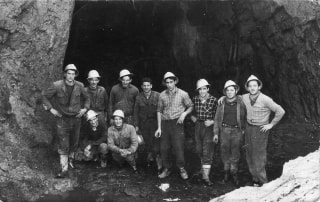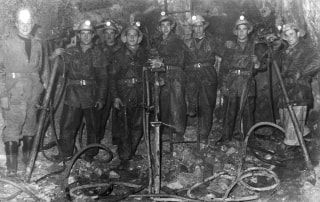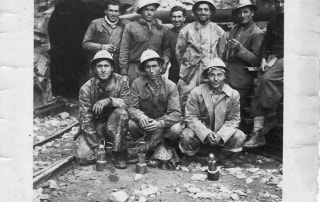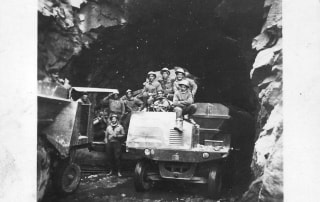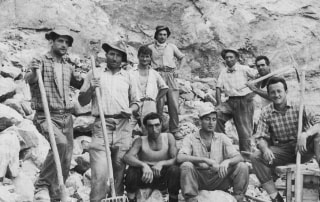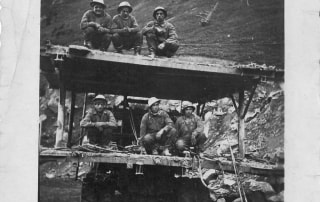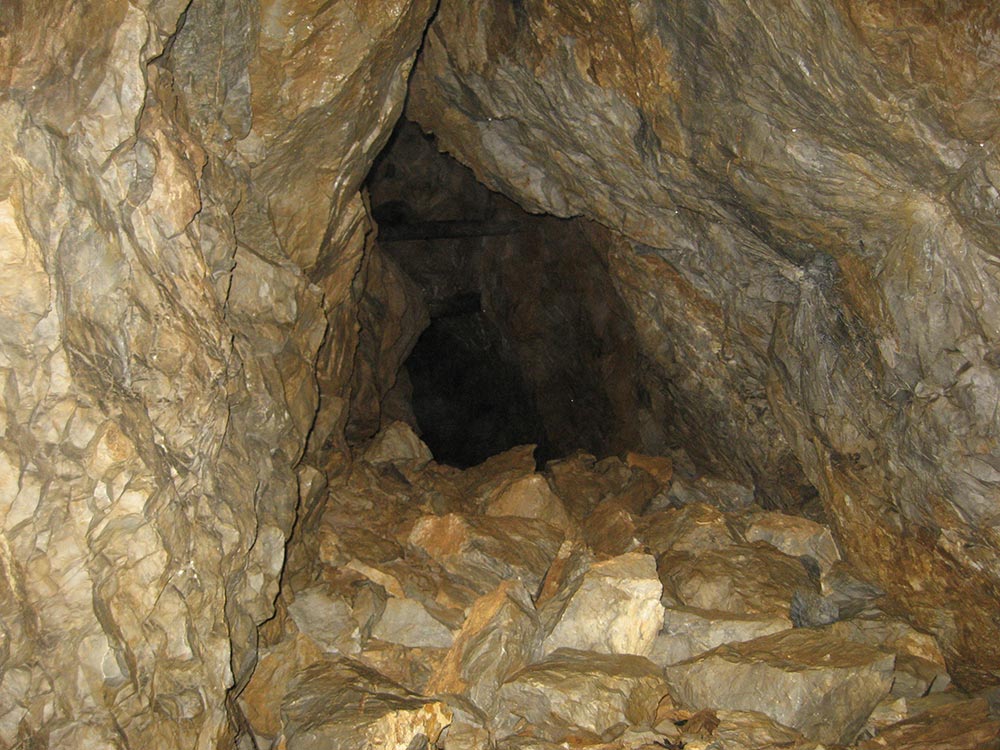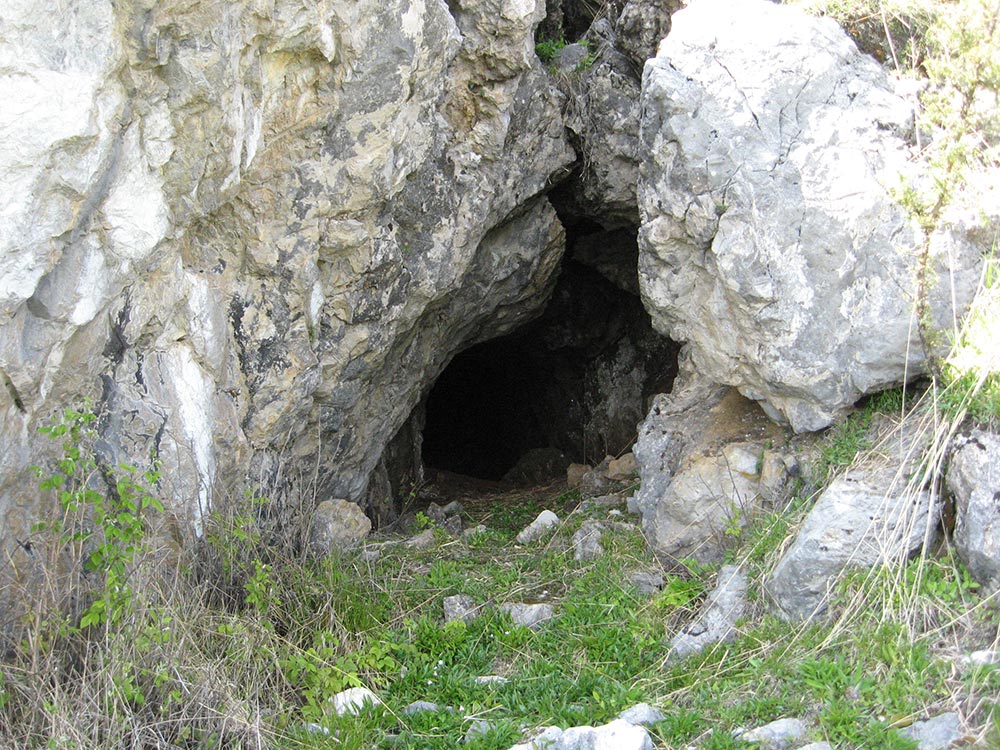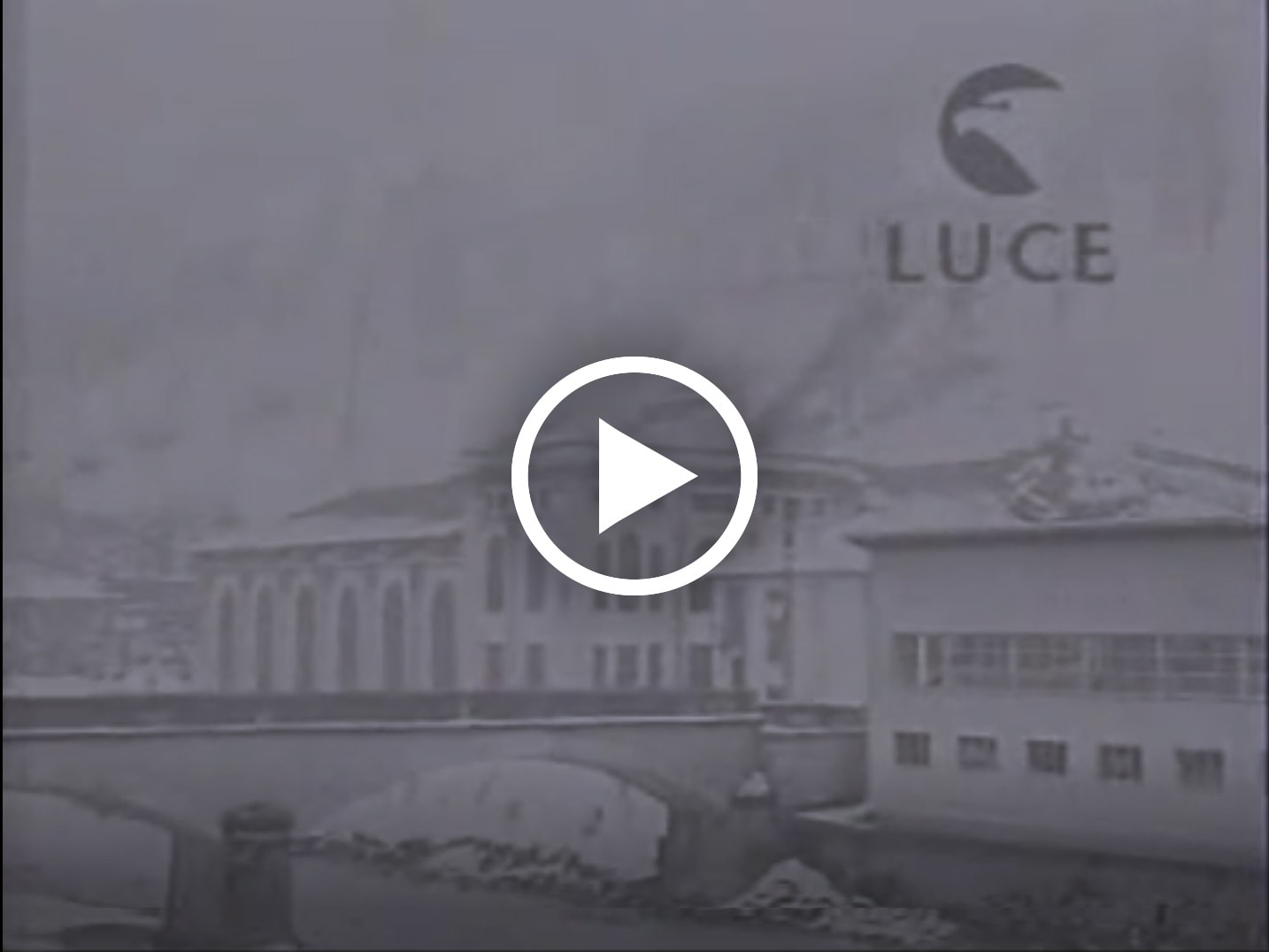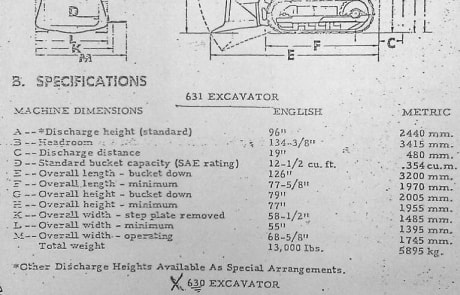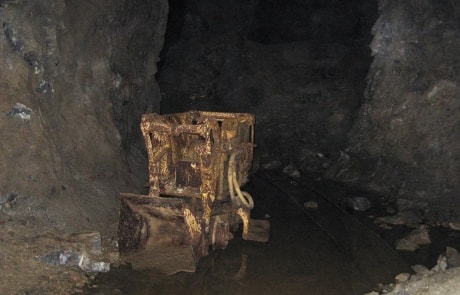Before the Middle Ages
The Dossena mines were first mentioned by the Latin historian and naturalist Pliny the Elder in his work Naturalis Historia (Book XXXIV): ‘The vein of metal is quarried in this way and purified with fire. It is also produced from a mineral containing copper, called cadmium, known in the lands beyond the Mediterranean Sea and once in Campania, now also in the territory of the people of Bergamo, the extreme area of Italy’. The word cadmium indicates calamine, a mineral extracted precisely in the ancient Roman-era mines on Mount Vaccareggio.
Evidence of these origins are the findings of tools dating back to that time. The mining techniques were still very primitive; excavations were done manually with heavy pickaxes and the material was transported outside in rudimentary carts. The manpower of the time was the exploitation of slaves, probably early Christians; the origin of the archpresbyterian church of Dossena is also assumed from this. With the rise of the Roman Empire, the mines were also abandoned, only to be reactivated in the Middle Ages.
From Leonardo da Vinci to the First World War
As the years passed, extraction techniques evolved up to the present day, where mines and compressed air drills were used, while transport was by small trains driven by diesel locomotives (very harmful to the workers’ health).
Between the 15th and 18th centuries, during the control of the Venetian Republic, mining was re-established from some ancient deposits that were still active, and the search for other veins was also initiated. Some studies by Leonardo da Vinci date back to the early 1500s, precisely on some particular techniques used in the mines of Dossena, as well as mapping of the area; in fact, there are two of his drawings of maps regarding Dossena and the Val del riso, preserved in London, in the Windsor Royal Library.
Lo sfruttamento industriale delle miniere comincio cominciò nel 1801 a Gorno, soprattutto per materiali ferrosi. Nella seconda metà dell’ottocento si avviano le ricerche minerarie in val Parina e val del Riso. Dal 1869 al 1909 avviene una forte estrazione di calamina con conseguente produzione di zinco. L’estrazione della fluorite fu iniziata dalla Società Austro-Belga durante la prima guerra mondiale. In seguito subentrò la Società Anonima Mineraria Prealpina che concentrò i lavori nella zona del Livello Sandri.
A large extraction of fluorite
From 1929 to 1981 there was a large extraction of fluorite: a mineral widely used in metallurgy as a flux (from the Latin fluere meaning “to melt”); for the production of hydrofluoric acid, a very corrosive acid for glass processing and rustproofing; for the production of fluorine, through the electrolysis of hydrofluoric acid; as an addition to detergents to make clothes shine (especially white clothes) and to tackle the chromatic aberration in camera lenses.
During the 1930s, extraction moved further north to the site known as Lente Martelli, 800 metres long, 70 metres high and 40 metres wide. The extracted material was sent to the washery by cableways, where the useful material was sorted from the embedded rock; much of the mineral was sorted by the taissine, women who crushed the stone by hand, separating the mineral from the rock.
After World War II, mining developed almost exclusively in the Lente Martelli, even though the material was beginning to run out, so much so that, following the emptying of some of the columns containing large pockets of fluorite, numerous internal collapses occurred.
Over the centuries, the sorting of useful ore from waste rock was always done manually or with rudimentary tools; this laborious system of sorting continued to be practised even after industrialisation. So, in 1954, the Laveria del Brembo was installed in the locality of Portiera, a district of Camerata Cornello, a crushing system with a crusher, at a time when the mines had 157 employees.
In 1956, the Società Montanistica Bergamasca was established, which definitively ceased operations on 26th June 1981.

Historical video from the 1960s
WEEKLY CIAC / SC587
Bergamo – fluorine extracted from a mine
Date: 10/03/1960
Duration: 00:00:40
Color: b/w
Sound: yes
Production house: CIAC Compagnia Italiana Attualità Cinematografiche
A monument to the ancient and modern history of a land
of a reality that was integral to the birth and development of an entire province and beyond, but above all in memory of those who sacrificed themselves to give society what that same society is used to taking for granted.

